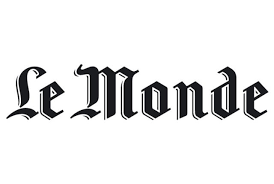Document type : article published in Le Monde (subscriber edition)
Author: Mathilde Gérard
Preview: An investigation by the NGO PETA reveals the conditions under which amphibians are captured and slaughtered in Indonesia, the world's leading exporter, whose main market is France.
The reputation of the French as "frog eaters" is more than just a cliché: while the consumption of frogs' legs may not be central to French eating habits, its impact is on a different scale. France is the world's leading importer of frogs and, contradicting their image as a local product, the vast majority of these are imported from Indonesia - meaning that this culinary tradition is having an impact on ecosystems and comes at the cost of animal suffering. Several scientific studies have already demonstrated the pressure this trade is putting on amphibian populations in Europe and Asia.
An investigation, published on Thursday December 7 by PETA (People for the Ethical Treatment of Animals), the contents of which were provided in advance to Le Monde , has now shed light on the conditions under which amphibians are captured and slaughtered in Indonesia, the world's leading exporter of frog legs. In the course of 2023, PETA Asia's investigators visited seven frog capture and slaughter centers in Java, Bali and Sumatra. "What you see in the footage we shot is what they were prepared to show to outside visitors," says Jason Baker, PETA's Vice President of International Campaigns. Some of the images were shot on hidden camera, while others were filmed with the knowledge of the operational staff at the centers. [rest of article available to subscribers only ]





